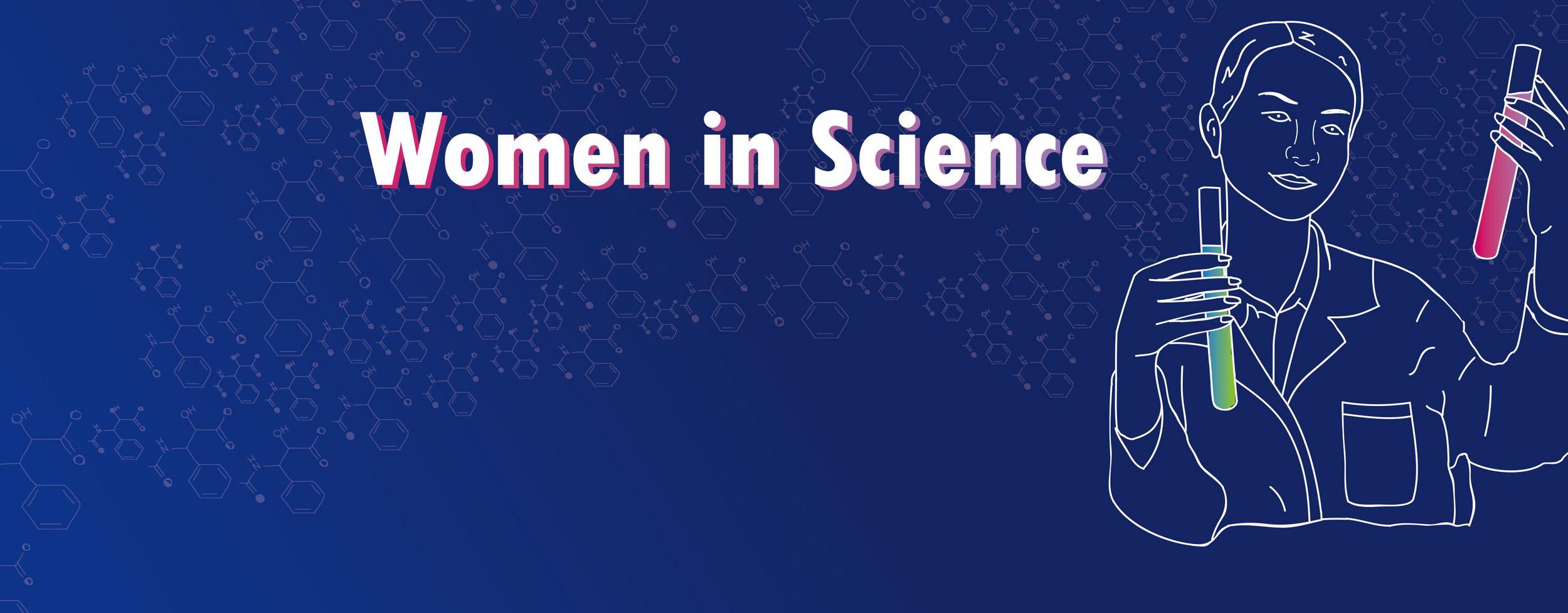
Women in Science: Sakiko Akaji
HORIBA Applications Engineer Sakiko Akaji was born in the Hyogo prefecture in Japan. It’s located in the Kansai region on Honshu Island in the southern part of the country. Mountains surround the cosmopolitan port city, which is close to Osaka and Kyoto.
Sakiko spent her childhood there.
Her grandparents also lived in the Hyogo prefecture. Yet she said her babysitter turned out to be her grandparents’ cat.
Because of that cat, and her parent’s influence, she began gravitating towards a career in science.
Sakiko’s parents are pharmacists and often discussed their specialized field at home. As a youth, the conversation was confusing to Sakiko. But in time, she learned more and became interested in the conversations.
“This is what first drew me to science,” Sakiko said.
Yet, her initial goal was not to become a pharmacist.
“When I was young, my dream was to become a veterinarian, because I liked animals,” she said. “I spent time with various species of animals in my home, including a dog, cat, rabbit, and goldfish. When I was a high school student, I belonged to the horse riding club and took care of the horses. “
Something else influenced Sakiko – a book detailing the destructive environmental effects of pesticides.
“I was also inspired by Silent Spring by Rachel Carson,” she said. “These experiences made me interested in the environment and life.”
Sakiko decided to study ocean animals. She attended Hokkaido University in Sapporo, Hokkaido. It’s where she earned her master’s degree in fisheries science.
She received the degree by developing a scale-derived primary cell culture. The research set out to explore regenerative medicine.
Regenerative medicine aims to make lost tissue, Sakiko described. This new type of therapy has great potential to treat difficult diseases which are absent of drug therapies or treatments. Spectroscopy is well suited to understand living cells in a non-invasive manner.
“This experience made me interested in regeneration. It continuously occurs in our body,” Sakiko said. “This is my motivation for my job.”
She began studying for her Ph.D. at Kyoto University, but didn’t complete the program. Instead, she joined HORIBA.
Her responsibilities, as a staff member among Raman and fluorescence application scientists, include identifying needs in the field of biology. She develops solutions using HORIBA’s spectroscopic systems. Sakiko pursues new applications and works with potential customers on its usefulness. She proposes the ideas to the company’s development engineers.
Right now, her team is making an accessory, which will help in live cell measurement.
“The accessory helps live cell Raman measurement by light,” she said. “The non-invasive measurement method is a strong point for analyzing the characteristics of live cells.“
Sakiko has some words for young girls with an interest in science. She said their scientific originality will grow with the actions they take. And their interest will drive those actions.
Tiene alguna pregunta o solicitud? Utilice este formulario para ponerse en contacto con nuestros especialistas.